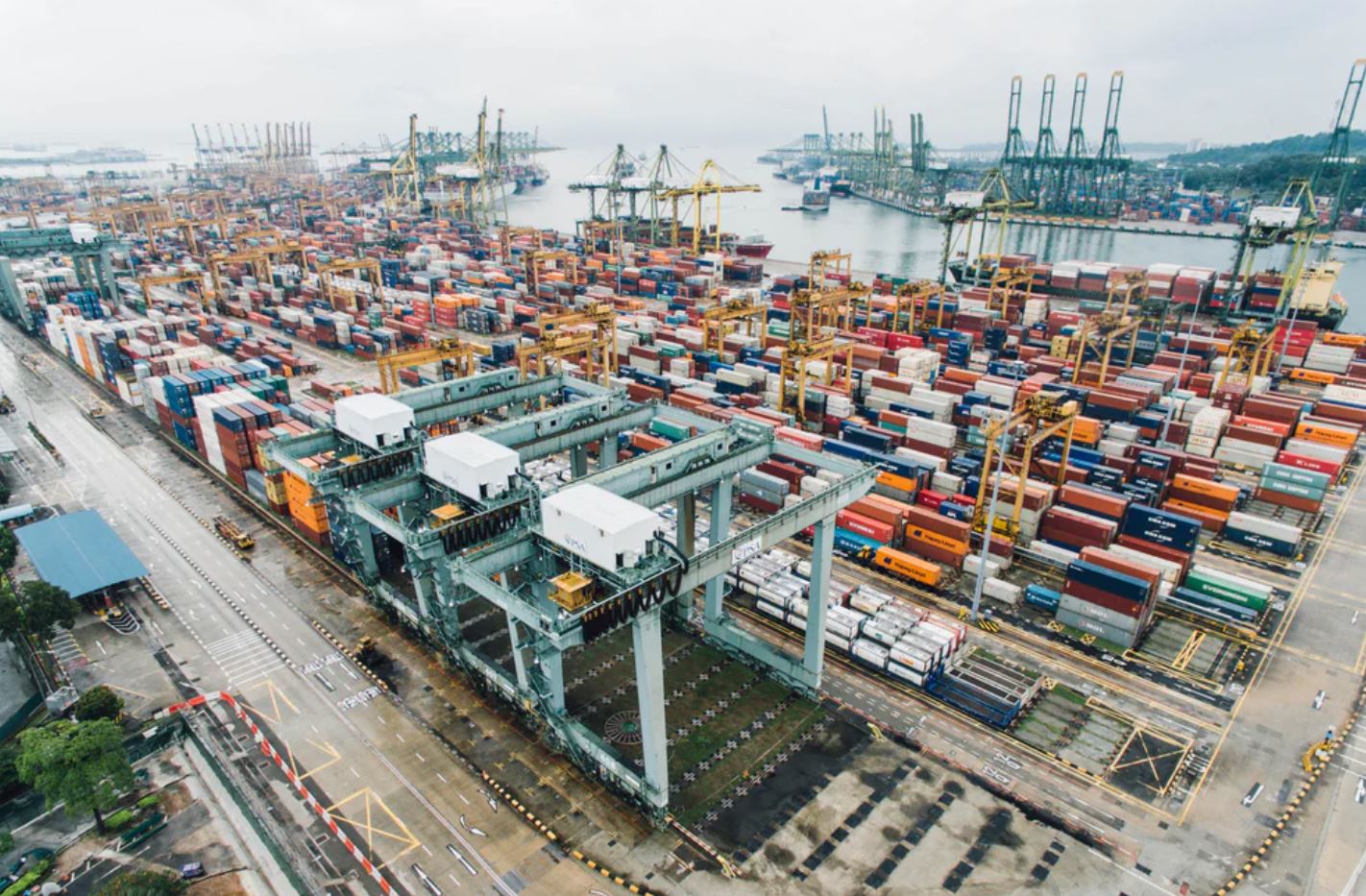Trade finance is one of the oldest forms of credit. Historical researchers have found some clay tablets from Babylon dating back to approximately 3000 B.C., showing samples of the first letters of credit. Trade finance flourished for several millennia driven by Italian lenders who financed the expeditions to the East in search of spices and other goods. After the fall of the Roman Empire, the industry mostly disappeared, until the fifteenth century. Around that time, the Trade Finance industry reemerged, led by European banks and financial institutions. However, it was only recently that it became accessible to private and institutional investors.
Currently, the term ‘trade’ has received some negative press. Since Donald Trump became U. S. President, we have seen many trade frictions, specifically between the United States and China. Nevertheless, global trade is still of enormous proportions. The value of global trade measured through export volumes exceeded US $19 trillion in 2018, reaching a new all-time high. Annual compound growth in the last 3 years stood at 6% and trade volumes are expected to continue this growth trend. This implies a massive financing opportunity. According to the World Trade Organization (WTO), only a small part of international trade is paid in cash in advance, since importers generally prefer to pay on receipt of merchandise in order to check for damages upon arrival, and exporters wish to receive payment on dispatch.
To bridge the gap between exporters and importers, a credit or payment guarantee is required. Trade finance provides this credit, guaranteed payment, and the necessary insurance to facilitate the transaction and establish the terms to satisfy both the exporter and the importer. Unfortunately, there are no comprehensive official statistics showing the exact composition and size of the global trade finance market, but the Bank for International Settlements (BIS) found that, in its broadest definition, the market is very large, well above US $12 trillion annually, and about 1/3 of this sector finances the trade in raw materials.
More importantly, after the Great Financial Crisis, traditional lenders such as banks have begun to withdraw from trade finance activity, driven by increased regulation and compliance costs, which has caused a shortage of financing. Small and medium-sized enterprises (SMEs), especially those that are located in emerging markets, suffer the most, because they face great obstacles to access financing under affordable conditions. According to the WTO, this is especially worrying, as SMEs contribute to more than 60% of total employment in developing countries and 80% in developed ones.
Currently, there is a need for unsatisfied trade finance worth trillions of dollars, particularly in emerging markets. Meanwhile, many investors have been desperate to find attractive returns in a world where traditional fixed-income instruments, such as corporate and sovereign bonds, offer very low returns, in some cases even negative returns for investors. In fact, the market value of bonds that offer negative returns is around 12 trillion dollars.
Therefore, it’s only logical that trade finance funds have emerged in recent years, allowing investors to benefit from the industry’s attractive dynamics, and alleviating, at least partially, the financial scarcity faced by importers and exporters.
Likewise, the risk / return profile of the trade finance sector has improved significantly. New practices and conventions have evolved to reduce risk for investors. For example, trade financers take the assets described in the contract as collateral and hire local agents to inspect and check the products in detail. Similarly, contracts have been standardized, typically using the law of developed jurisdictions, thus avoiding the risk of corruption in local courts. In addition, well reputed specialists in international warehouses ensure the existence and security of guarantees. Finally, multinational insurance companies cover the risk of accidents, weather, terrorism and fraud during shipping.
As a result, the risk to investors has been significantly reduced. In fact, in the past 20 years, default rates have been approximately 0.1% per year. And, given the high recovery rates in case of default, the annual expected loss rates are around 0.01%, which is much lower than the corporate bond risk. Meanwhile, expected returns are very attractive compared to corporate bonds. Most of the foreign trade funds have annual yields of between 5% and 8% in dollars, which is attractive, given the low risk profile, low volatility, and the fact that many trade finance funds offer investors monthly or quarterly liquidity. In addition, trade finance funds provide an excellent source of diversification for portfolios, given their low correlation with traditional asset classes and their low sensitivity to the economic cycle.
Tribune by Pascal Rohner, CIO at Katch Investment Group


